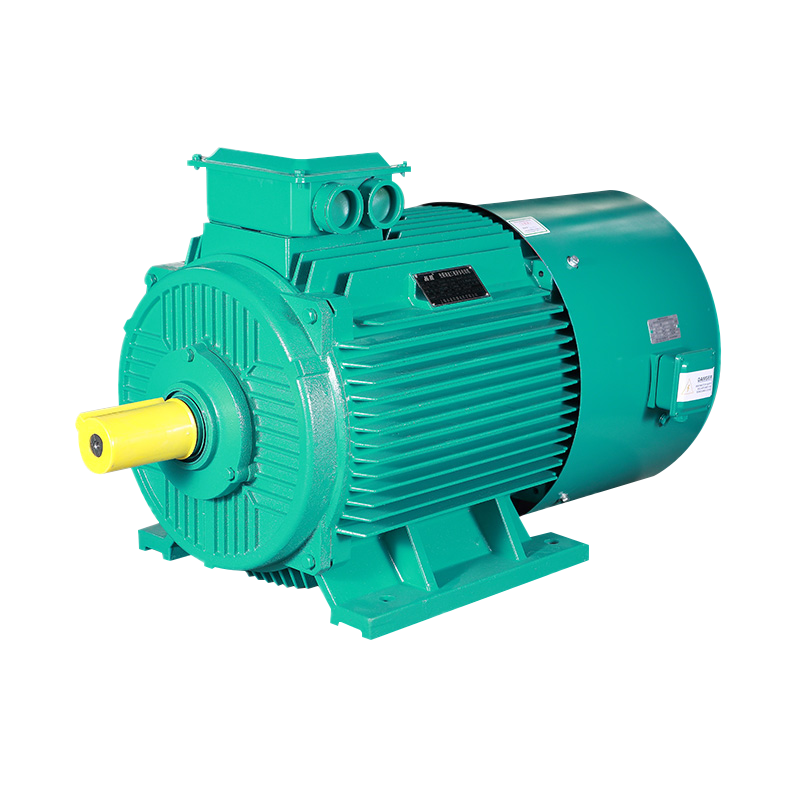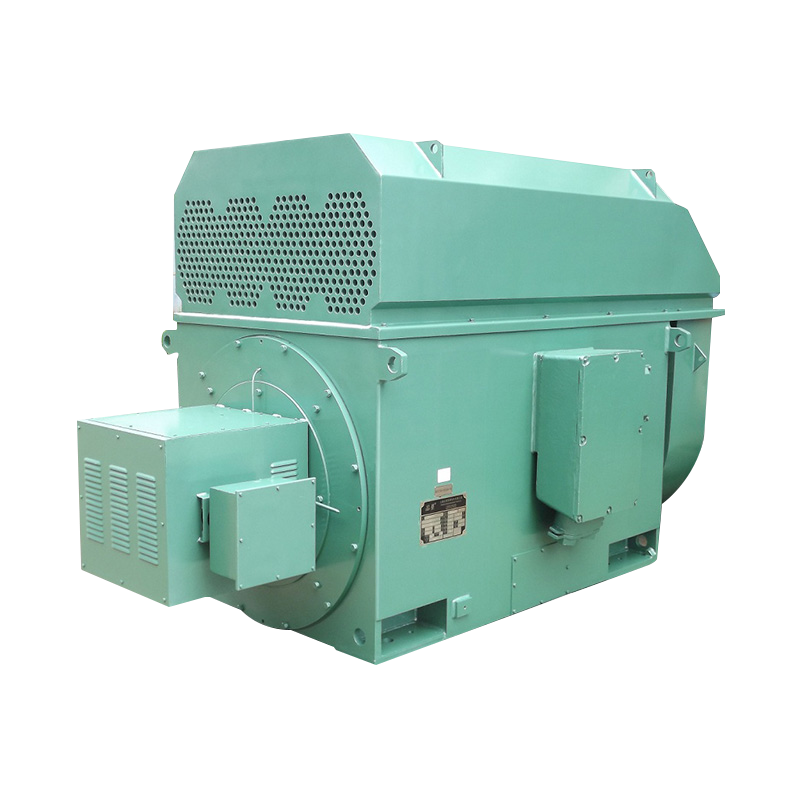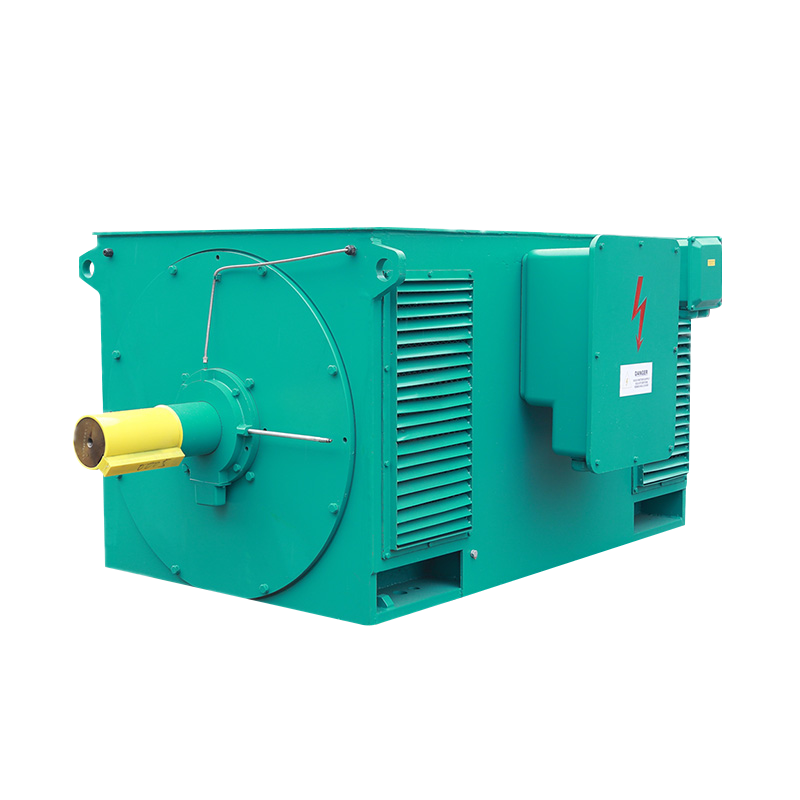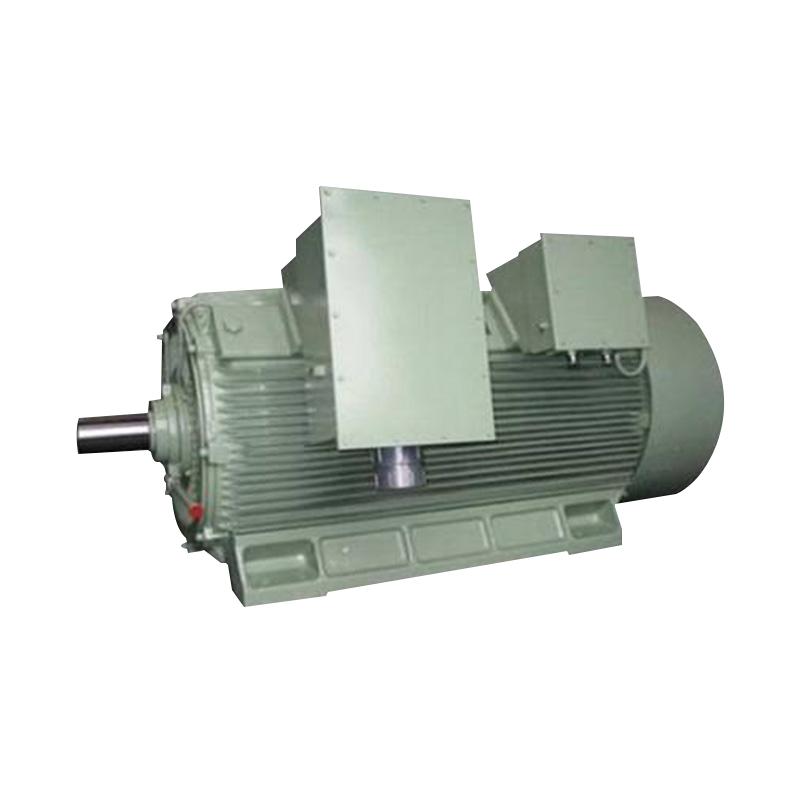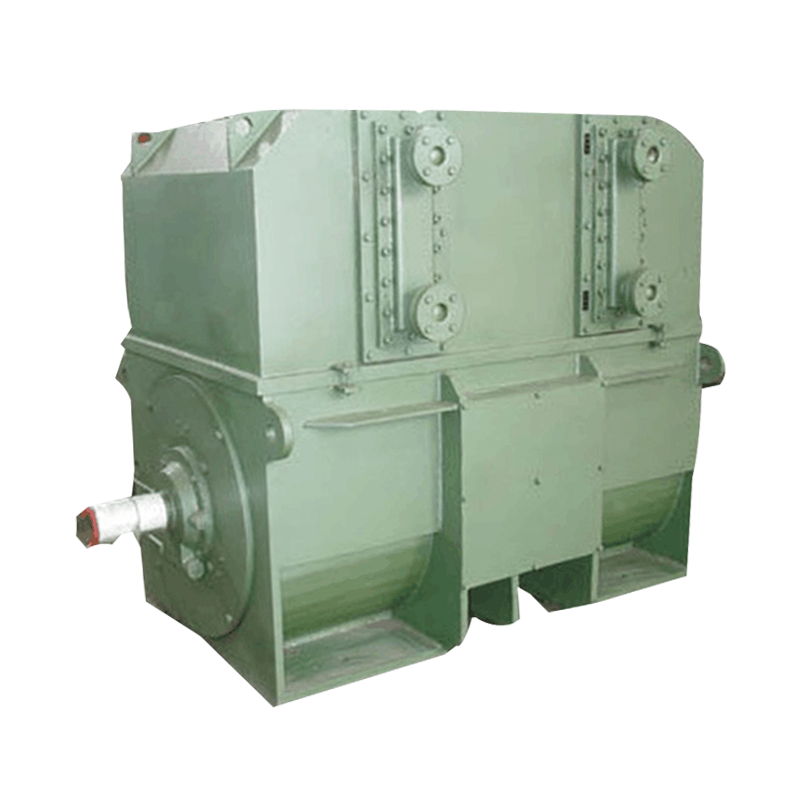What Are the Critical Considerations for Integrating a VFD with an Explosion-Proof Motor?
The Core Advantages: Why a VFD is an Efficient Solution for Explosion-Proof Applications
Integrating a Variable Frequency Drive (VFD) with an explosion-proof motor brings about a significant transformation in operational efficiency and control within hazardous environments. The primary benefit lies in the precise speed control it offers, allowing motors to run exactly at the required speed for a specific process rather than continuously at full capacity. This targeted operation leads to substantial energy savings, as the power consumption of a motor is directly proportional to the cube of its speed. Furthermore, VFDs provide a soft start capability, gradually ramping up the motor to its operating speed. This eliminates the high inrush current associated with direct-on-line starting, which reduces mechanical stress on the motor shaft, bearings, and the connected equipment. By minimizing electrical and mechanical stress, the VFD directly contributes to extending the operational lifespan of the explosion-proof motor, reducing downtime and maintenance costs in critical applications where reliability is non-negotiable.
Key Selection Criteria: Pairing the Right VFD with Your Explosion-Proof Motor
Selecting an appropriate VFD for an explosion-proof motor requires a meticulous approach that goes beyond simply matching horsepower ratings. The electrical characteristics of the motor must be thoroughly evaluated, including its full load current, service factor, and insulation class, to ensure the VFD can handle the expected load without derating. The environment where the VFD itself will be located is equally critical; while the motor is designed for hazardous areas, the VFD must be installed in a safe area or within an enclosure suitable for its surroundings. It is imperative to choose a VFD that is specifically designed or certified for use with motors in potentially explosive atmospheres, as it must mitigate phenomena like bearing currents and shaft voltages that can be exacerbated by the drive's high-frequency switching. The drive should also feature advanced filtering to produce a clean, sinusoidal output waveform, minimizing harmonic distortion that can lead to motor overheating and premature insulation failure.
Ensuring Safety and Performance: Cable and Wiring Specifications for VFD-Controlled Systems
The connection between a VFD and an explosion-proof motor is a vulnerability that demands specialized attention, with the cable selection being a paramount safety factor. Standard motor cables are not suitable for this application due to the high-voltage spikes and reflected wave phenomena generated by the VFD's fast-switching transistors. It is essential to use symmetrical, shielded VFD cables that are specifically rated for inverter duty. These cables are constructed with a robust shield, often a combination of foil and braid, which effectively contains electromagnetic interference (EMI) generated by the drive, preventing it from disrupting other sensitive electronics. The symmetrical grounding conductors ensure that any bearing currents are safely diverted away from the motor bearings, protecting them from electrical discharge machining (EDM) damage. Proper grounding practices, including grounding the shield at both the VFD and the motor end, are non-negotiable for maintaining system integrity and safety.
Professional Installation Practices: Commissioning a VFD-Controlled Explosion-Proof Motor System
The installation phase is where theoretical planning meets practical application, and adherence to strict guidelines is crucial for a safe and reliable system. A fundamental rule is to never place the VFD inside the hazardous area; the drive must be installed in a safe, clean, and well-ventilated location to ensure its own cooling and protection systems function correctly. The motor terminals and cable entry points must be meticulously sealed according to the explosion-proof certification standards to maintain the integrity of the motor's enclosure and prevent the ingress of flammable gases or dust. During commissioning, parameter programming within the VFD must be executed with precision, inputting the exact motor nameplate data to enable the drive's adaptive control and protective features. It is also critical to set appropriate acceleration and deceleration ramps, configure overload protection settings that respect the motor's thermal capacity, and enable any required braking functions to ensure controlled stopping.
Extending System Lifespan: Maintenance and Troubleshooting for the Integrated Motor-Drive System
A proactive and systematic maintenance regimen is the key to maximizing the service life and reliability of a VFD and explosion-proof motor combination. Regular thermal inspections using infrared cameras can identify hot spots at motor connection boxes and cable terminations before they lead to catastrophic failure. Periodic checks of the cable insulation resistance are necessary to detect any degradation caused by the stress of the VFD's output waveform. Maintenance personnel should consistently monitor and clean the motor's cooling fins, as VFD operation at low speeds can reduce the self-cooling effect, leading to overheating. From a troubleshooting perspective, modern VFDs offer invaluable diagnostic information through their fault logs and operational data. Common issues such as overcurrent faults can often be traced to mechanical binding or an incorrect acceleration time, while ground faults may indicate insulation breakdown in the cabling or the motor windings, necessitating immediate investigation.
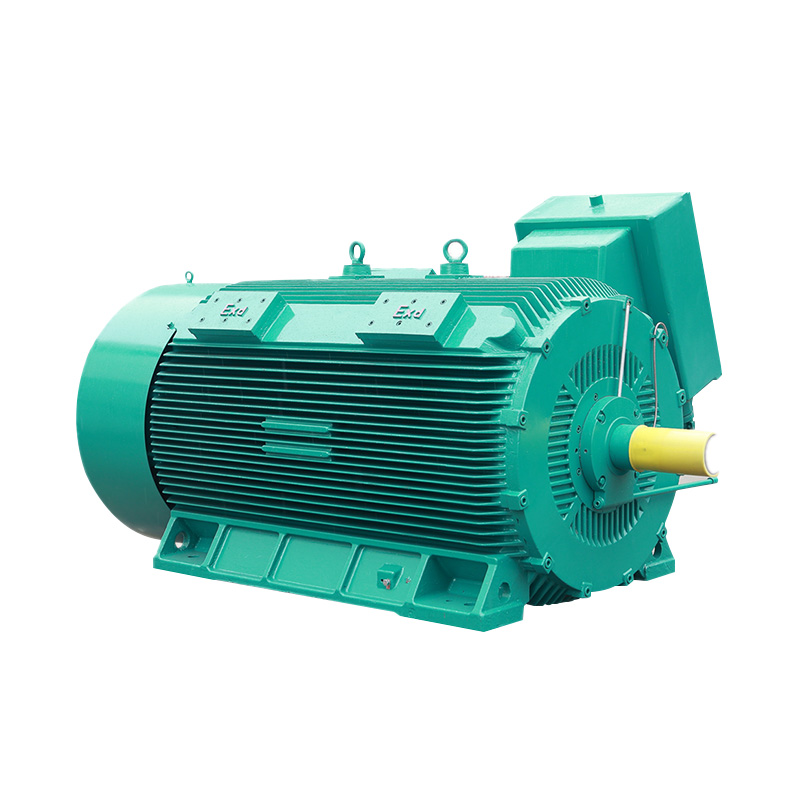





 English
English русский
русский Français
Français عربى
عربى
